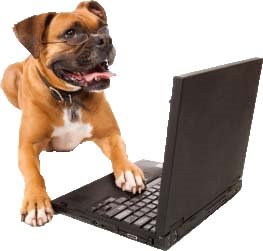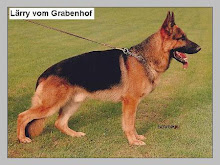Adult Dog Training – What To Expect From Your Dog As He Reaches His Adult Years
Your dog has finally reached his adulthood and this means that the period of training, adjusting, socializing, and more training have come to a stopping point (for the most part, that is).
This is the period where you can really appreciate his companionship, his friendship, and even his help around the house (depending on his level of training). The point is, is you don't have to babysit him anymore. It is the stage in your dog's life where he can walk alongside you off leash, sit and watch you wash your car, maybe even hold the hose for you, or just sit quietly with you in in the backyard while you read a book.
However, training should not stop just because your dog has reached adulthood. A good formula for keeping your dog's body healthy and his mind sharp throughout his adult years is to have 3 training sessions a week. The training does not have to be laborious, nor does it have to take long. All it takes is about 10 to 15 minutes per session, and training can be about practicing and/or improving skills that he has already learned.
There are several benefits to continue training your adult dog on a regular basis.
1. Regular training keeps his mind alert and active.
2. It keeps his body strong and in shape.
3. It serves as refresher courses to different commands and tricks that he had already acquired.
4. It keeps him aware of the rules that you have enforced for him.
5. It prevents boredom.
6. It develops great team work between you and him.
7. And best of all, it will deepen the bond that the two of you have together. If he remains active throughout the whole aspect of his life (physical, mental, social), then he will continue to play an active role in your life, be a team player, and be able to share wonderful times together.
Physical Needs Of An Adult Dog
The physical needs of your dog peaks during his developmental adolescent stage. But once he passes the adolescent stage and reaches adulthood, his physical needs will arrive at a period where there will be no significant change to the amount of exercise that his body needs to stay healthy.
As an adult dog, the amount of exercise that his body requires will depend on his size, breed, and personality type. Continue with the regular walks and occasional runs. A game of ball should also be on your list, as well as swimming if your dog likes being in the water. If you have a large and/or energetic dog, you may have to do more than those listed above. If you have a small and/or less active dog, you will still need to give him exercise. You just have to tame it down, depending on his level of endurance.
Subscribe to:
Post Comments (Atom)


No comments:
Post a Comment